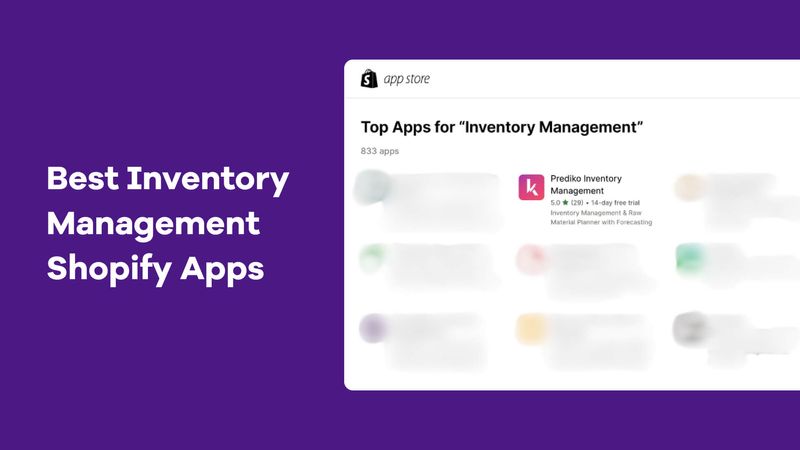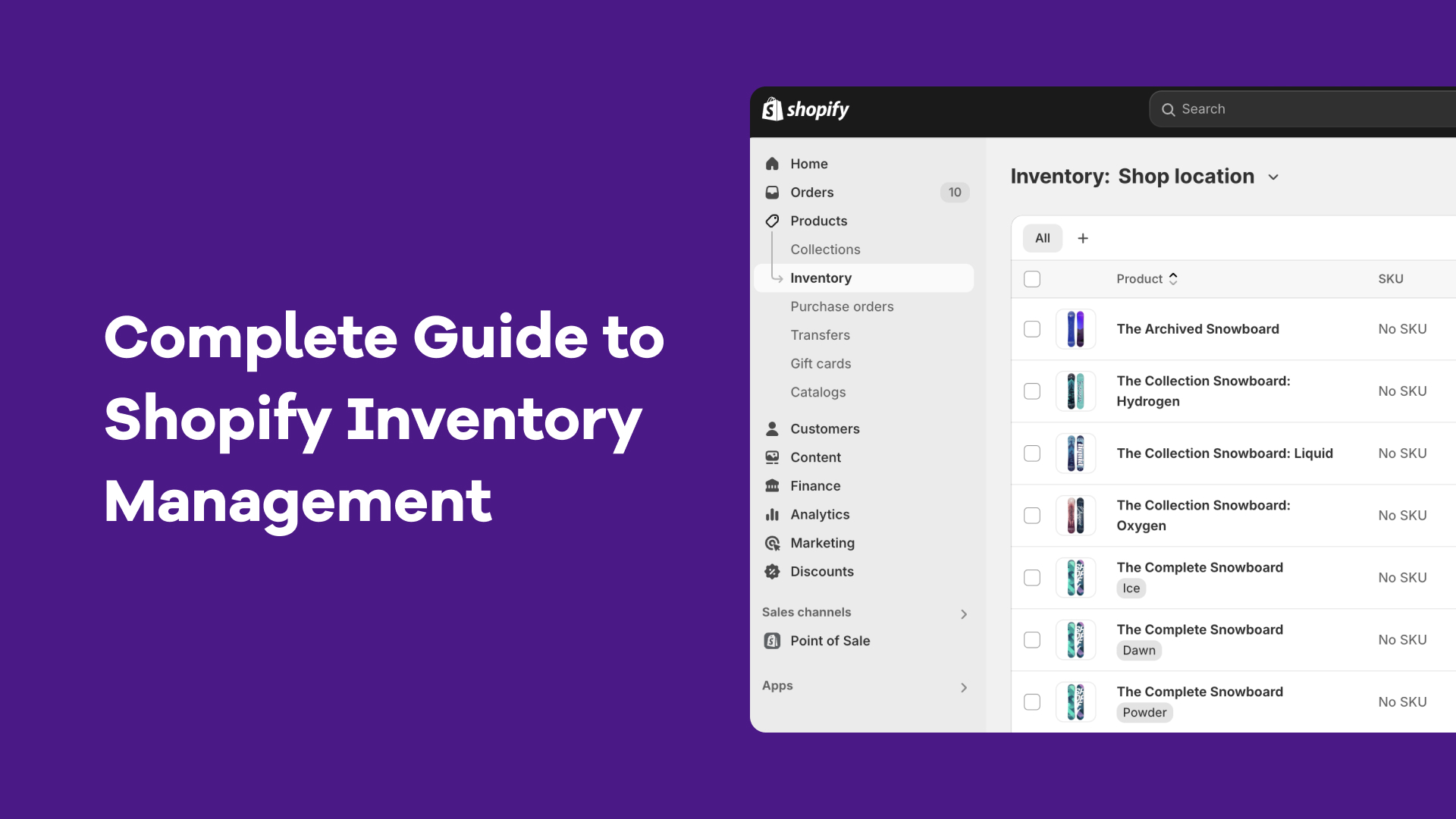This is post No.2 in the blog post series of the webinar done with Limited Supply Podcast team. Full webinar available: Cash is King - Cash Flow Boosting Tips for D2C brands.
Get rest of the insights, takeaways and strategies from webinar that can help Shopify business owners and supply chain managers to learn about Pre-sale and D2C financial metrics.
1. Pre-sale strategies to manage stockouts
Effectiveness of pre-sale strategies as a proactive approach to managing stockout can be particularly disruptive to both revenue and customer satisfaction.
Here is how businesses can implement these strategies to maintain sales momentum and manage customer expectations:
- Transparent Communication: Initiating a pre-sale allows businesses to continue selling products even when they are out of stock by clearly communicating the future availability. Transparency is crucial.
We recommend informing customers about the expected wait times and the reasons for delays. This open communication builds trust and can even enhance customer loyalty, as buyers appreciate the honesty and are more willing to wait.
- Create Urgency and Exclusivity:
Offering products on pre-sale can create a sense of urgency and exclusivity, encouraging customers to purchase before the items officially come back in stock.
This tactic not only secures sales in advance but also generates excitement and anticipation for the product release.
- Incentivize Pre-orders: To make pre-sales more attractive, we suggest providing incentives such as discounts, free shipping, or exclusive bonuses for customers who place orders during the pre-sale period.
These incentives can significantly increase the conversion rate of pre-orders.
One of the listeners of Limited Supply podcast, Srdjan Popovic, asked this question: Does anyone have a good pre-order solution for when variants go out of stock?

Youri discussed this question during the webinar at 19:35 highlighting Haven Athletic's approach to pre-sale strategy:
1. Test demand before launch: Haven Athletic creates product pages with images and descriptions for potential products to gauge interest before manufacturing. This method allows them to assess demand and make informed production decisions.
2. Managing pre-sale orders: Haven Athletic implemented email automation to keep customers informed about pre-sale orders, including expected shipping times.
3. Engaging customers duraing wait times: By maintaining communication throughout pre-sale period, Haven Athletic keeps customers engaged and informed, enhancing satisfaction despite longer wait times.
2. Optimizing Inventory Levels
Careful monitoring and managing of inventory levels plays a critical role in ensuring operational efficiency.
- Demand Forecasting Accuracy: Accurate demand forecasting is critical to maintaining optimal inventory levels. Learn the importance of leveraging historical sales data, market trends, and even customer feedback to predict future sales accurately. Technologies that incorporate AI and machine learning can significantly enhance forecasting accuracy, allowing businesses to adjust their inventory levels proactively.
- Safety Stock Calculation: Learn importance of calculating safety stock accurately to avoid potential stockouts during unexpected fluctuations in demand or supply chain disruptions. Use statistical models that consider both the variability of demand and the reliability of supply to determine the appropriate level of safety stock.
- Lead Time
Understanding supplier lead times and maintaining appropriate levels of stock are vital to prevent stockouts.
- Inventory Turnover Ratio: This metric is vital for assessing how quickly inventory is sold and replaced over a period. A higher turnover rate typically indicates efficient inventory management, as it suggests that products are selling quickly and not sitting on shelves.Set targets for inventory turnover and closely monitoring this ratio to ensure inventory levels are optimized to meet customer demand without leading to overstock. In this post, you can easily learn how to calculate inventory turnover.
Youri's insights provide a roadmap for businesses to not only react to current market conditions but also proactively plan for future inventory needs.
3. Managing Financial Metrics
Financial metrics are often discussed by Moiz Ali and Nik Sharma in a lot of seasons of Limited Supply Podcast. Brands must stay on top of these to maintain an optimal cash flow.
- Margin Analysis: It’s important to regularly analyze the profit margins associated with different inventory items. This helps in identifying which products provide the best return on investment and should be prioritised in stock levels.
Use detailed analytics to track product performance and adjust inventory purchases based on profitability rather than just sales volume.
- Cash-to-Cash Cycle Time:
Understand the duration between outlaying cash for inventory and receiving cash from sales can help businesses manage their cash flow more effectively.
Youri points out that reducing this cycle time can significantly enhance liquidity, allowing businesses to reinvest in other areas more quickly.
Strategies such as negotiating better payment terms with suppliers or offering discounts for early payment from customers can effectively shorten this cycle.
- Inventory to Revenue Ratio: This ratio is essential for understanding how much of your business's working capital is tied up in inventory versus how much it's generating in revenue.
- Cost Considerations: It's crucial to consider both the direct and indirect costs associated with maintaining inventory levels. Direct costs include purchase price of the goods, while indirect costs involve storage, insurance, and potential obsolescence.
We have seen both these topics being discussed with a lot of guest speakers on the Limited Supply Podcast. These speakers have a lot of past experience of dealing with inventory numbers and financial metrics.
Become a part of the Limited Supply Slack Channel to stay informed about future webinars and inventory management techniques. This was part no.2 of the blog from our webinar with the Limited Supply Podcast team. Click on the link in case you haven't checked part no.1.
Hope you enjoyed reading this post and took away some key takeaways from this webinar.



.avif)









